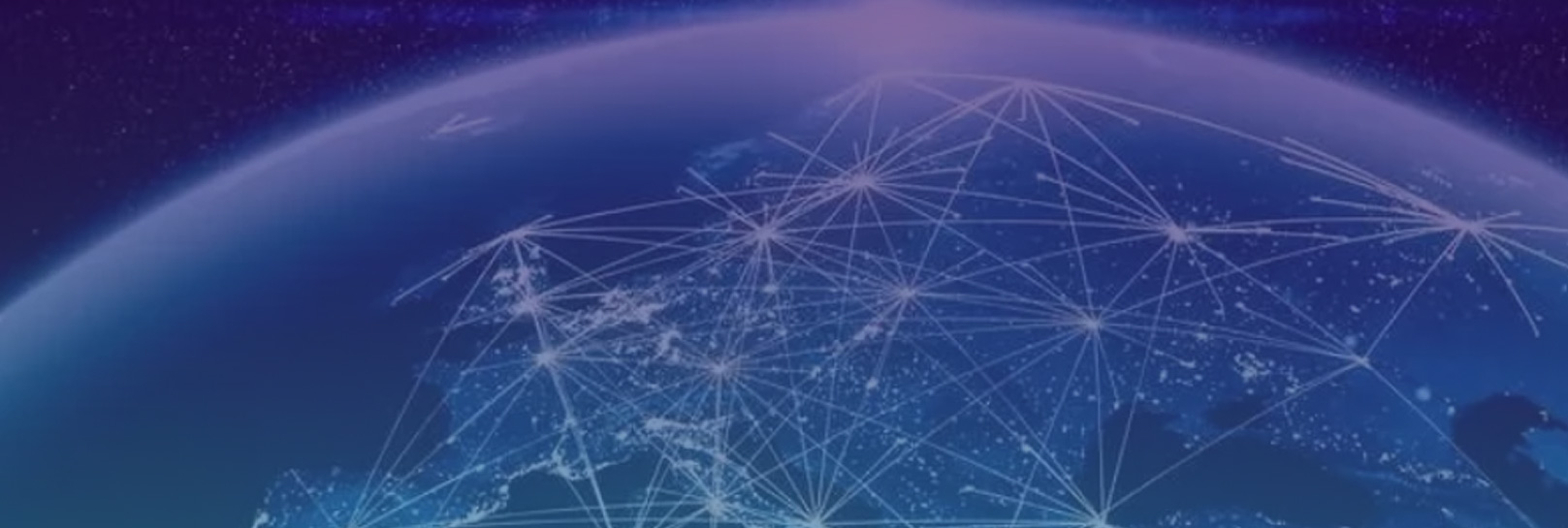By Allen Campbell, JD, MBA
November 22, 2023
This is another blog post in our series on Value Chain Sustainability.
The term “value chain” has expanded in recent years as part of the expanding attention to and scope of sustainability and ESG. It now includes activities and uses that are not directly under a company’s ownership or control. Accordingly, the scope of a company’s responsibility is increasing. This is, of course, challenging for management, and controversial.
Original Meaning of “Value Chain”
Harvard Business School professor Michael E. Porter originated the value chain idea in his book, Competitive Advantage: Creating and Sustaining Superior Performance. He said, “Competitive advantage *** stems from the many discrete activities a firm performs in designing, producing, marketing, delivering, and supporting its product.”
Porter divided a business’s activities into two categories, “primary” and “support.”
Primary activities consisted of five components:
- Inbound logistics, such as receiving, warehousing, and managing inventory;
- Operations, such as processes whereby raw materials are transformed into a finished product;
- Outbound logistics, such as activities to distribute a final product to a customer;
- Marketing and sales, such as advertising, promotion, and pricing; and
- Service, such as customer service, maintenance, repair, refund, and exchange.
Support activities, according to Porter, were of four types:
- Procurement;
- Technological development (R&D);
- Human resources (HR) management; and
- Infrastructure, including a company’s systems and management team.
The term “value chain” is closely related to the term “supply chain”. A supply chain has been defined as a network among a company and its suppliers of all kinds, or more recently, it is defined as also including the suppliers themselves. Accordingly, supply chain risk management includes analysis of those entities on which a company depends.
Today’s Meaning of “Value Chain”:
Today the term “value chain” is increasingly being used in a broader way that does not end when a product is delivered to the customer. For example, the European Union draft Corporate Sustainability Due Diligence Directive defines “value chain” to mean activities related to the production of goods or the provision of services by a company, including the development of the product or the service and the use and disposal of the product as well as the related activities of upstream and downstream established business relationships of the company.
This expansion of meaning and responsibility is chock full of implications, such as:
- Your company is increasingly expected to ensure that businesses in its supply chain are not using forced or child labor.
- Your company is becoming expected to ensure that the commodities it purchases do not come from deforested land — or that the products it buys do not incorporate such commodities.
- Your company is increasingly being held responsible for how its products are used. This concept was first developed in connection with product safety law. It underlies complaints that firearms manufacturers should bear responsibility for how their products are sold by their customers and/or for the deaths and trauma inflicted by their ultimate users.
- Companies are gradually becoming expected to account for carbon dioxide emissions associated with the uses of their products. Accordingly, Microsoft measures the power usage of its computers and devices, even when they are no longer in its hands .
Companies face reputational and legal risks in such matters. A few days ago the Attorney General of New York State sued Pepsico in connection with plastic waste pollution. The filing of the case generated extensive press coverage and commentary.
What To Do:
Prudent risk management requires companies to look not only at their internal risks but also the risks that are posed by their suppliers (and their supply chains) and by their customers (and their customers). How far should the analysis go? It is generally bounded by the concept of “materiality”, but “materiality” is imprecise in its meaning and measurement.
Forward-looking companies should indeed look forward to discern trends in public opinion and public policy. Many of these developments and trends come from foreign countries. Insularity can be costly.
This type of analysis will help you understand your competitors as well as your own company,
